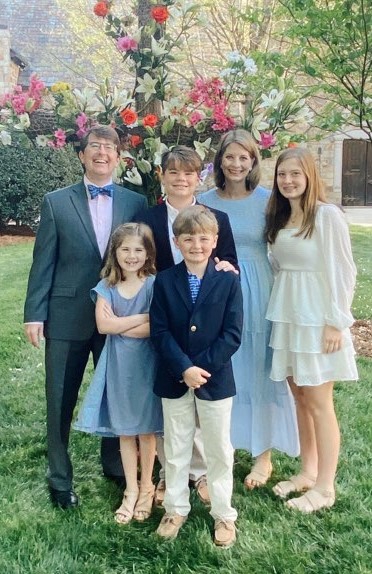If you’re seriously hurt in a slip or trip and fall in South Carolina, you face an uphill legal battle—but it can be overcome with professional guidance.
These cases are hard to prove. You’ve got to deal with the first defense, which you might hear before you’re helped up: Why didn’t you look where you were going?
Another insurance company darling is a defense called “open and obvious hazard.” Luckily, our courts prescribe an antidote to help keep victims safe. But you’ve got to know what you’re doing for it to work.
What “Open and Obvious” Means According to South Carolina Law
South Carolina law doesn’t clearly define “open and obvious,” because I guess the courts consider the meaning to be, well, obvious. Generally speaking, it means a dangerous condition that’s not hidden [open] and whose danger can be immediately recognized [obvious].
At least two South Carolina court cases discussed the nature of the defense: a 1997 Supreme Court case called Creech v. South Carolina Wildlife and Marine Resources Department, and a 2009 Court of Appeals case, Padgett v. Colleton County. Creech fell from a public dock that was built without a safety railing that could’ve prevented the fall. Padgett fell into a hole he encountered when he left a sidewalk to walk across courthouse grounds.
In both cases, the courts pointed out the defense: property owners aren’t responsible for injuries from open and obvious conditions. However, that’s not the whole law on the subject. It’s got a huge exception built into it—which you’ll need an experienced fall injury attorney to help you qualify for.
Are you ready to talk to a lawyer now in a free, no pressure strategy session? Call our Spartanburg, SC personal injury attorney toll free at 888-230-1841 or fill out a Get Help Now form.
When “Open and Obvious” Doesn’t Matter All That Much
Here’s the exception: Businesses and property owners remain liable for open and obvious conditions if they should have anticipated the victim would encounter the condition and sustain the harm.
The Supreme Court used the exception to justify upholding the jury’s verdict for Creech, stating “ample evidence” existed proving the dock owner, a county public works office, had been warned the lack of safety rails could present a danger. Here’s where a sharp attorney really paid off for Creech, as the attorney uncovered evidence including a letter to the construction superintendent noting a problem with the lack of safety rails, and a letter from the public works director to the Chairman of the Wildlife and Environmental Committee, stating “Charleston County has recommended that handrails be placed in reference piers and boat ramps,” including the one where Creech fell.
In Padgett, the Court of Appeals overturned a dismissal because Padgett’s attorney presented evidence to show the county should have anticipated someone could get hurt by the landscaping project that resulted in Padgett’s injury. The evidence included testimony the path Padgett took was well-worn, indicating many others used it and Padgett's testimony that he took the path because the sidewalk was unavailable.
It gets better. The exception also includes when a business or property owner should expect the victim to be distracted—like when you’re too busy looking at shelves to notice the spill on the floor.
Get the Right Help With the Antidote—or Face a Bitter Pill to Swallow
If you’re seriously hurt, and your case might involve the open and obvious defense, the one thing that’s truly open and obvious is that you need professional help to protect your right to the settlement you might qualify for under the law. It’s going to be a legal battle you just can’t wage on your own.
To get started with a free strategy session or just get your questions answered, call me toll-free at 888-230-1841 or fill out a Get Help Now form. I’m here to help, not pressure you into hiring me. If you’re curious about what it’s like to work with my firm, read these reviews from actual clients posted on a website I don’t own.
|
Related Links: |


